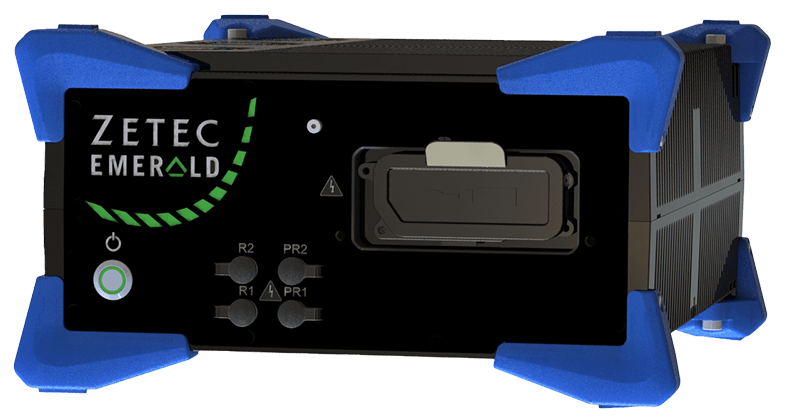Using Ultrasound Plane Wave Imaging in NDT

Across many industries, technicians and engineers have strived for high accuracy and efficiency in flaw detection. In the medical field, this has been achieved with the help of Plane Wave Imaging (PWI) technology. Plane wave imaging holds the promise of producing high-resolution imaging through scan and precise flaw detection. Now, this technology is gaining popularity in other industries as a data acquisition method for ultrasonic non-destructive testing (NDT).
Rapid data acquisition and analysis through ultrasound plane wave imaging —often in conjunction with full matrix capture (FMC) and the total focusing method (TFM)—provide many advantageous prospects for industries.
Ultrasound Plane Wave Imaging
The phased array ultrasonic testing (PAUT) NDT technique has been mostly preferred by industries for its ability to generate focused imaging, accurate results, and faster inspection. Often, for more advanced inspections this can be supported by FMC data acquisition and TFM algorithms to digitize and analyze the data for later or even real-time processing. The A-scan signal data thus stored in the form of a matrix grid is instrumental in developing high-resolution imaging for flaw detection.
However, TFM requires more computing power for the analysis of large numbers of data in the matrix grid. In addition, FMC data can generate extremely large size data files and requires extensive processing power for real-time data reconstruction. As a result, many inspections rely on heavy external computer processing for TFM image reconstruction.
Plane wave imaging simultaneously excites all available elements in an array for the transmission of ultrasonic signals at different angles. Simultaneous excitation means a single transmission circuit can be used for the process. Plane wave imaging also reduces the number of excitation required to capture the data. Few excitation and wide area coverage allow for faster data collection, processing, and analysis. The data collected is stored in form of a matrix. At each angle, the plane wave data acquisition recreates the dynamically focused image at different depths. By adding these images, the final image can be achieved. This resulting image can be used to identify the type of flaws in the component.
Benefits of Utilizing Ultrasound Plane Wave Imaging
Compared to TFM/FMC, ultrasound plane wave imaging offers many advantages in data acquisition and processing. For industrial NDT, plane wave imaging can facilitate:
- Less computation time due to increased scan area and less excitation requirement
- High-quality data and high-resolution imaging
- Single transmission circuits that lead to ease of inspection with less complicated hardware
In addition to the advantages plane wave imaging offer, industries should also be wary of some issues:
- With a reduced number of excitations, the amount of data or signals collected can be less.
- High computation power may be required for real-time data processing.
Ultrasound Plane Wave Imaging Solutions for Improved flaw Detection
Industries are now leveraging the advantages of ultrasound plane wave imaging for NDT data acquisition and analysis. Zetec has introduced the EMERALD system with powerful TFM image processing capability. EMERALD offers:
- Plane-wave imaging as a powerful data acquiring technique with up to 128 elements
- Advanced plane wave image reconstruction ability with A-scan signal processing along every angle and acoustic path
Using ultrasound plane wave imaging for NDT allows industries to focus on efficiency and productivity through its advanced image processing and flaw detection ability. Look for systems that offer fast and efficient onboard processing capabilities, along with superior signal quality designed to achieve high amplification without distortion. This can make a big difference in inspection productivity.
With the right equipment, technicians and engineers can quickly analyze images—even from complex configurations to help foster quality and safety in industrial operations.
Zetec is a leader in nondestructive testing solutions with options for advanced ultrasound plane wave imaging algorithms for precise image capture and flaw detection. To find the NDT equipment which best suits your testing needs, contact us today!
